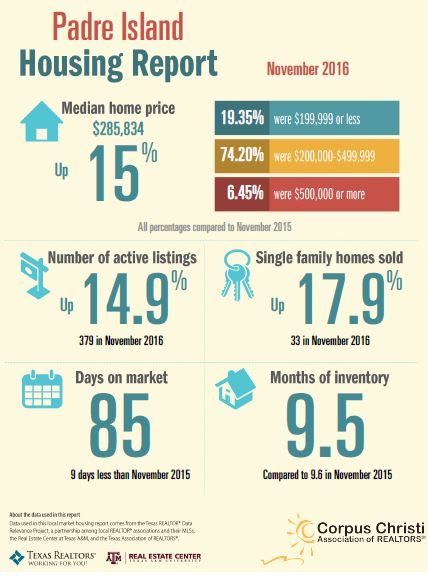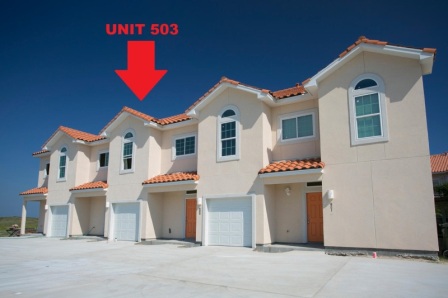 Here is our top 6 tips for the New Year
Here is our top 6 tips for the New Year
- Eliminate & Simplify Your Home – Buyers out there are saving for their spring purchase, but why not start your efforts in January? This is an especially great time after the heaps of gifts that they have received. Plus, if they plan to sell your home, it will make selling the house and moving that much easier. It’s simple just start small and go room by room, designating areas for donations, things to be fixed and things to sell. The sooner you start, the better you’ll feel!
- Make Your Home Safter – Do you have kids (even if they don’t!), then making your home safer all around is a great resolution to make. Commit to a regular safety maintenance schedule by checking smoke and carbon monoxide alarms monthly, ensuring you have fire extinguishers and preparing the family for emergencies such as weather disasters and fire. Always replenish emergency kits, bottled water and non-perishable food items throughout the year, too.
- Make Your Home Smarter – Yep, that’s right! You may have just missed the boat on making your home safe when they bought your home, but it’s never too late. Some ways to make homes “smarter”? Smart home hubs like Amazon Echo, security video monitors like Ring and smart thermostats like Nest, and even smart plugs and bulbs to bring your home into the 21st century.
- Consider Refinancing – Maybe its time to decrease your payments or lock in a low fixed mortgage rate through refinancing. Shopping around for the best rates is a great way to find one the lowest one that works for you and will make your wallet feel a lot better come 2018.
- Get a Green Thumb – No, not go out and garden although an argument could be made for that as well. Change your light bulbs to energy-efficient LED ones. This will also help you save money. Another way to be greener is to clean the house with reusable cloths or old, clean rags versus wasteful paper towels (however, use good judgement for especially dirty messes).
- Do Something to Help Someone – Yes, it is 2017… the election is over and we are still all just human beings. We must let go of the past no matter what side of the fence we sit and come together as a nation more than ever now. If all else fails and you can’t find anything you could do to help your fellow man, than for goodness sakes just smile a ton. Your mind will come around sooner or later!
Share these five tips with your friends and family and help them be better homeowners and prepared sellers when the time comes!
Happy New Year from your Coastline Properties Family!










 These dwellings are having their shining moment, thanks to an increased demand by both first-time buyers and Boomers alike! Both appear to be seeking the appeal for walkable communities in which the amenities are grand, you can get a great bang for your buck, and often less maintenance (big perk for both busy, young families and Boomers alike!).
These dwellings are having their shining moment, thanks to an increased demand by both first-time buyers and Boomers alike! Both appear to be seeking the appeal for walkable communities in which the amenities are grand, you can get a great bang for your buck, and often less maintenance (big perk for both busy, young families and Boomers alike!).

